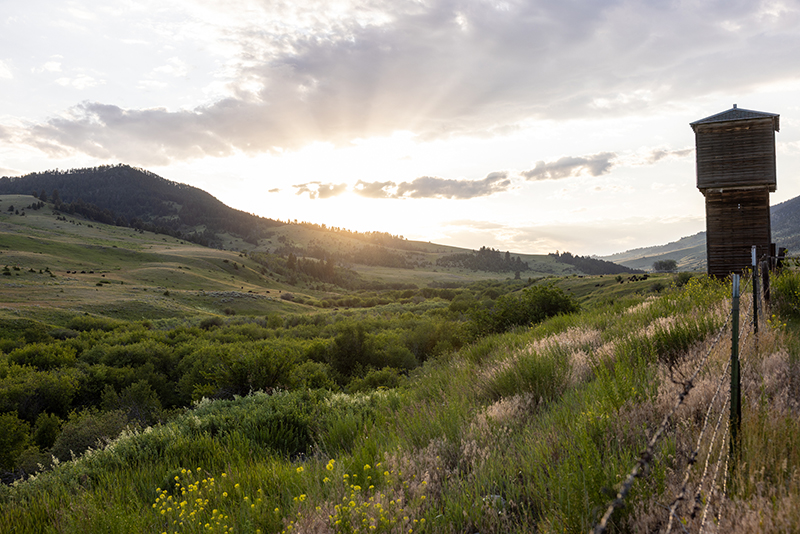Atira Conservation helped to support a conservation easement at the Anderson Ranch in Paradise Valley, Montana, that is next to protected lands and helps to maintain habitat connectivity. | Photo: Louise Johns, GVLT
Development in the U.S. continues to increase as many cities deal with insufficient housing availability for local populations. This pressure from urban expansion and human encroachment often results in habitat modification, destruction and fragmentation, which puts immense pressure on natural spaces that threatens biodiversity. Such habitat fragmentation can hinder wildlife from finding food, mates and new territories, increasing the risk of extinction for many species.
At Atira Conservation, we often support land conservation projects that help to keep or restore wildlife habitat connectivity — like the Anderson Ranch project in Montana that we recently completed with Gallatin Valley Land Trust. But conservation groups cannot protect habitat alone.
In the U.S., local governments manage about two-thirds of the land — meaning they have significant influence in community planning and can play a crucial role in fostering wildlife habitat connectivity. But this element in local urban and community planning is often overlooked in local government planning efforts.
I recently read a new Pew-commissioned study (August 2025) called “Integrating Wildlife Habitat Connectivity Into Local Government Planning.” The study highlights the role local governments play in protecting land and promoting habitat connectivity, which not only benefits wildlife but can also improve community well-being, increase property values, and create greenways that link neighborhoods.
This study underscores the idea that habitat connectivity planning provides benefits beyond wildlife conservation and that smart growth strategies like this promote open space networks, green infrastructure, water quality, recreational opportunities, and help preserve the rural character of many communities.
Most people recognize the importance of wildlife and support smart-growth approaches that offer long-term resource protections that often come with cost savings. However, many local citizens don’t realize the role they can play in helping their local governments develop land use strategies that ensure connections for green spaces while still allowing for needed development.
Did you know that you could get involved in local land use planning by attending public meetings of your city or county commission, joining or attending local planning agency meetings, submitting comments during public hearings and working with local land conservation organizations or civic groups in your community? If land conservation is important to you, please take action by advocating for land conservation in your community!
At Atira Conservation, our commitment to protecting lands across the U.S. continues to grow and we remain steadfast in our mission. We hope you will join us in conserving lands that matter.

